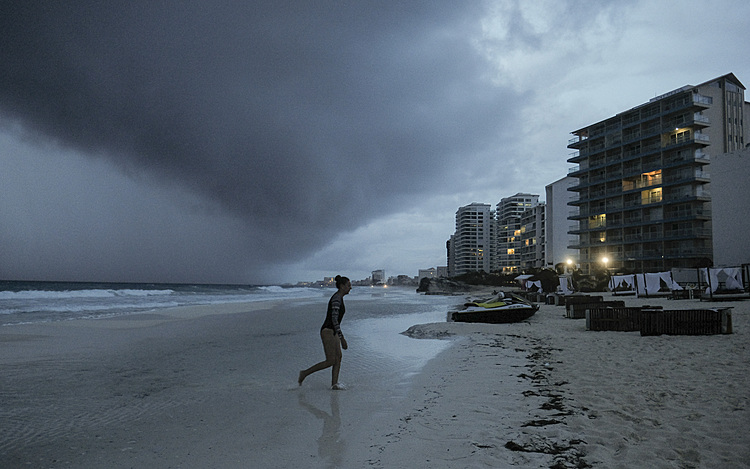Spacewalking astronauts wrap up battery improvements
CAPE CANAVERAL, Fla. (AP) — A pair of spacewalking astronauts wrapped up battery improvements outside the International Space Station on Monday, completing a job begun last fall.
NASA's Jessica Meir and Christina Koch installed the last new battery in a set of six launched to the orbiting lab in September. They also removed two old batteries in their second spacewalk in under a week to upgrade the station's solar power grid.
This marked the women's third spacewalk together. They conducted the world's first all-female spacewalk last October, replacing a failed charging device that bumped the battery replacements into this year.
The women had just completed the battery work when Koch inadvertently deployed the hand controller on her emergency jet pack, called a Safer. Meir hurried over to get the controller back in its proper place. Koch called her “my hero.”
Mission Control cautioned that, given the current set-up, “we would not count on Christina's Safer" in an emergency. NASA's spacewalking astronauts always wear small Safer jet packs in case they become untethered from the station and float away. It's never been needed.
During last Wednesday's spacewalk, Koch's helmet lights and camera came loose. She later found a faulty latch in the helmet assembly and replaced it before floating out Monday.
Koch has been aboard the space station for more than 10 months, the longest single spaceflight by a woman. She returns to Earth in just over two weeks.
NASA gradually has been replacing the space station's 48 aging, original-style nickel-hydrogen batteries with new and more powerful lithium-ion batteries. Only half as many of the new batteries are needed. So far, 18 new batteries have been installed over the past three years and 36 old ones removed.
Another batch of six new batteries will be launched to the orbiting lab this spring to complete the power upgrade. The old batteries, meanwhile, will be discarded in a supply ship.
These oversized, boxy batteries keep all the space station's systems running when the outpost is on the night side of Earth, drawing power from the sprawling solar wings. They're not easy to handle: Each is about a yard, or a meter, tall and wide, with a mass of about 400 pounds (180 kilograms.)
“To our astro-sisters, we wish you the best of luck on this,” astronaut Andrew Morgan radioed from inside Monday.
In all, five spacewalks were needed to complete the battery work this time around.
Morgan and Italian astronaut Luca Parmitano will venture outside Saturday to complete repairs to a cosmic ray detector on the space station. The science instrument's cooling system had to be replaced, an intricate job requiring four spacewalks.
___
The Associated Press Health and Science Department receives support from the Howard Hughes Medical Institute’s Department of Science Education. The AP is solely responsible for all content.











